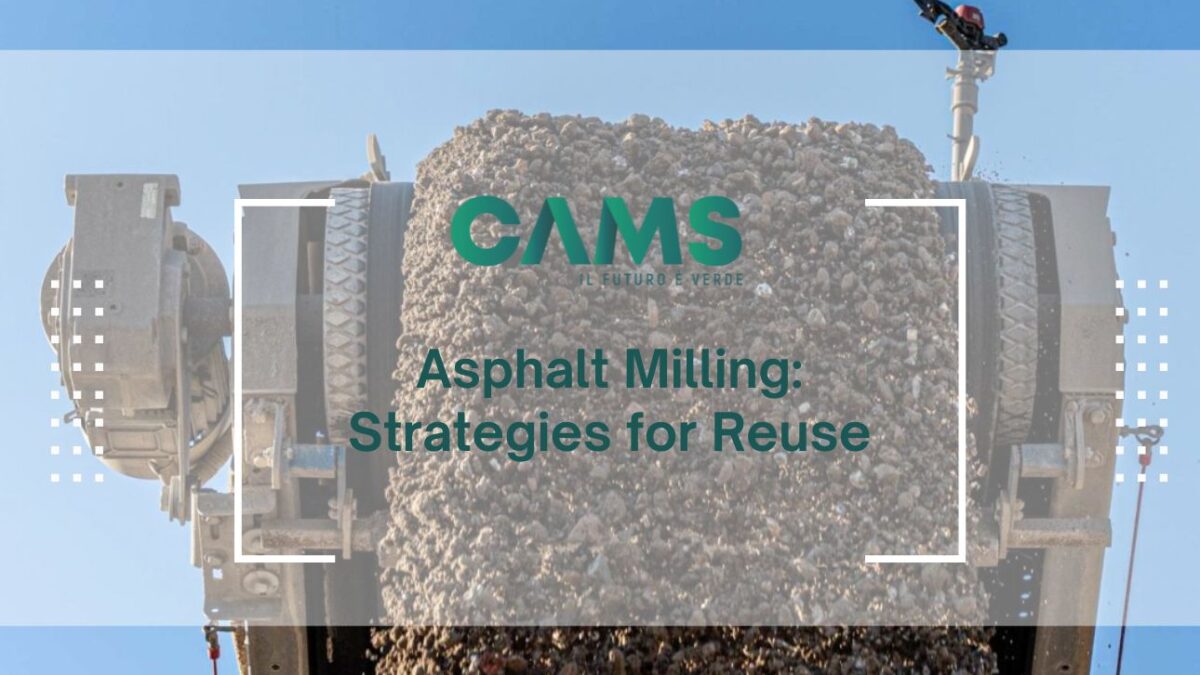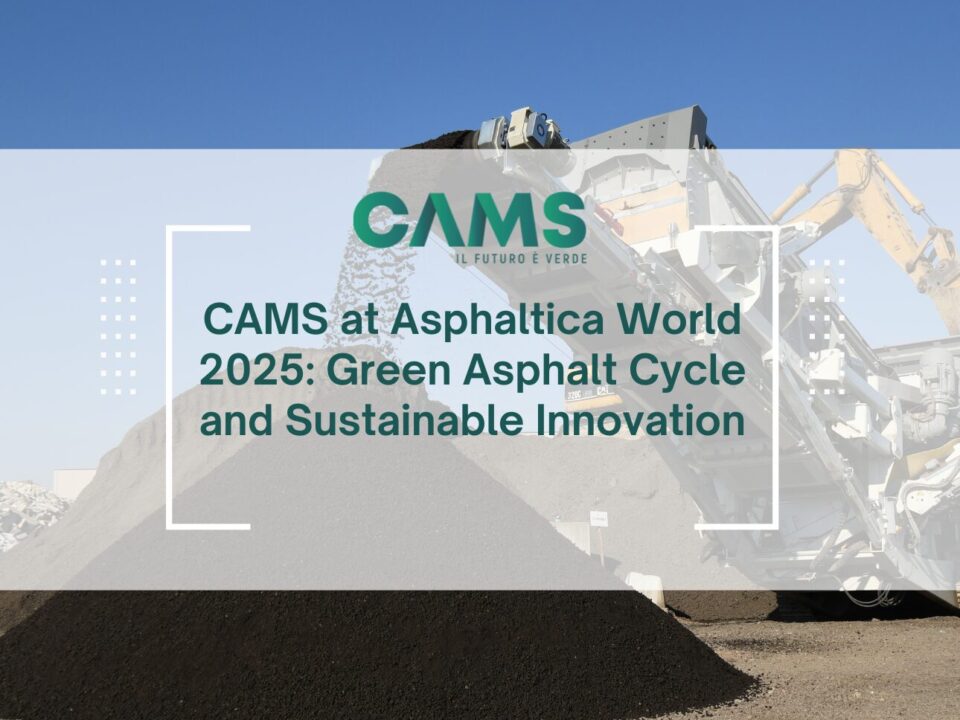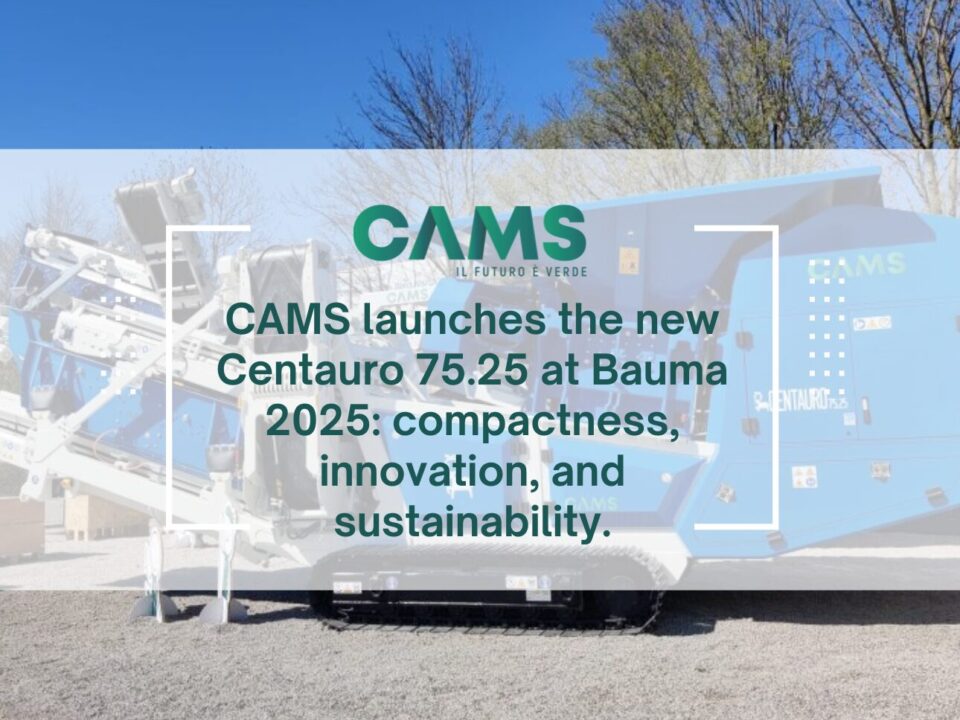In Italy, around 15 million tonnes of asphalt millings are produced annually, of which only about 60% is reused. The remaining share, roughly 6 million tonnes, ends up in landfill, with a significant impact on the environment.
In light of these figures, it is clear that asphalt millings represent a valuable resource for the construction sector. From a perspective of circular economy and reduced environmental impact, the reuse of asphalt millings is taking on an increasingly important role.
Benefits of reusing asphalt millings
Reusing asphalt millings offers numerous benefits:
- Saving natural resources: it reduces the extraction of virgin aggregates, preserving natural resources and decreasing environmental impact.
- Cost reduction: asphalt millings help reduce costs compared with using virgin raw materials.
- Improved pavement performance: asphalt millings can give road surfaces greater wear resistance, increasing their durability.
- Pollution reduction: reusing asphalt millings decreases the amount of waste to be disposed of, helping reduce environmental pollution.
Techniques for reusing asphalt millings
There are various techniques for reusing asphalt millings, each with its own features and fields of application. The main ones include:
- Hot recycling: The asphalt millings are heated and mixed with virgin bitumen and aggregates to produce new pavement. This technique is particularly suitable for base layers and for interventions on worn road surfaces.
- Cold recycling: The asphalt millings are mixed at ambient temperature with binders such as water, bituminous emulsions, or cement to produce a stabilized material. This technique is used for subgrades, foundations, and base layers of road pavements.
- Crushing and reuse as aggregate: the asphalt millings are crushed into smaller particles and used as aggregate for embankments, backfilling, and cement screeds. This method leverages the strength and durability of asphalt millings to improve the mechanical properties of new constructions.
Strategies to maximize the reuse of asphalt millings
To increase the effectiveness of reusing asphalt millings, it is important to adopt a set of integrated strategies:
- Promotion of environmental policies: the reuse of asphalt millings should be encouraged through supportive regulations and policies, including tax incentives and funding for sustainable projects.
- Investment in advanced technologies: adopting modern technologies for recycling asphalt millings can improve process efficiency and the quality of the final product.
- Training and awareness: it is crucial to raise awareness among industry operators about the environmental and economic benefits of reusing asphalt millings through training programs and information campaigns.
- Public–private collaboration: Cooperation among public bodies, private companies, and research centres can foster the development and dissemination of innovative, sustainable practices.
These strategies are fundamental to promoting sustainability in the road construction sector, reducing the need for new materials and minimising environmental impact.
Investing in the reuse of asphalt millings means reducing the sector’s environmental footprint, preserving natural resources, and creating new business opportunities. This practice represents a step forward toward a more sustainable and responsible future for the construction industry.
Cams “IL FUTURO È VERDE”





